What is Alumina
Aluminium oxide is a chemical compound of aluminium and oxygen with the chemical formula Al2O3.It is one of the most popular fine ceramic material families worldwide. Encompassing a range of grades – characterized primarily by purity – coarse and dense alumina is renowned as one of the greatest materials in terms of price-to performance ratios. Aluminum Oxide ceramics can subsequently service one of the broadest industrial cross-sections of any oxide ceramic on the market.
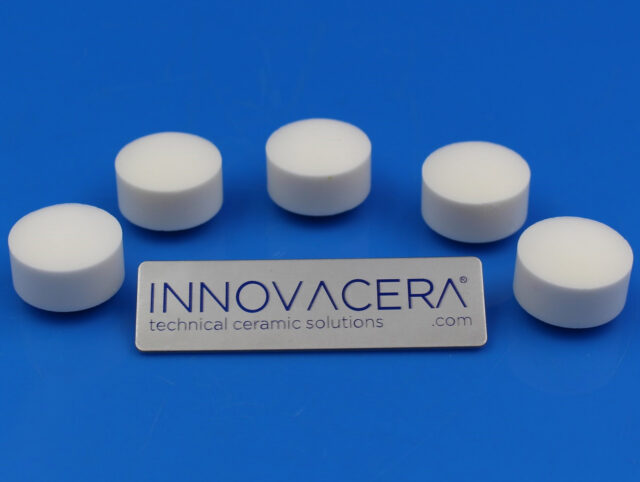
It is the most commonly occurring of several aluminium oxides, and specifically identified as aluminium oxide. It is commonly called alumina and may also be called aloxide, aloxite, or alundum in various forms and applications. It occurs naturally in its crystalline polymorphic phase α-Al2O3 as the mineral corundum, varieties of which form the precious gemstones ruby and sapphire.
Alumina one of the most widely used technical ceramics
Alumina is a technical ceramic widely used owing to its exceptional properties such as high hardness, strength, and excellent resistance to wear, corrosion, and high temperatures. By largely dispensing with the usual sintering aids, the corrosion resistance of the grain boundary chamfer could be developed to the best level. Material development perfected over decades enables the production of large components that are unique in these dimensions for high-performance ceramics. Due to the fine microstructure, brilliant surface qualities can be achieved by fine machining.
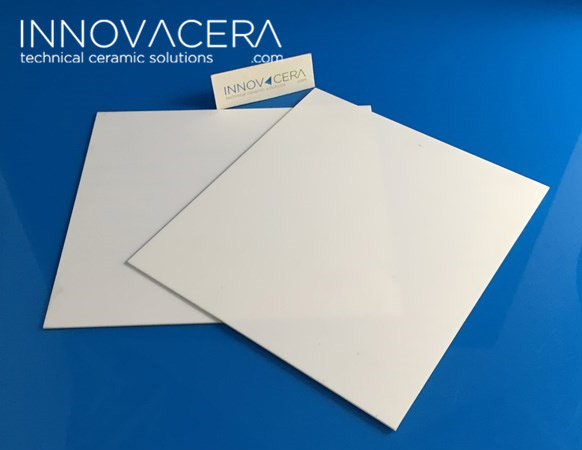
The most important material properties of alumina (Al2O3) in brief:
Good Mechanical strength
Good temperature resistance
Good thermal conductivity
Excellent electrical insulation
High hardness
High wear resistance
High corrosion resistance
Outstanding surface qualities
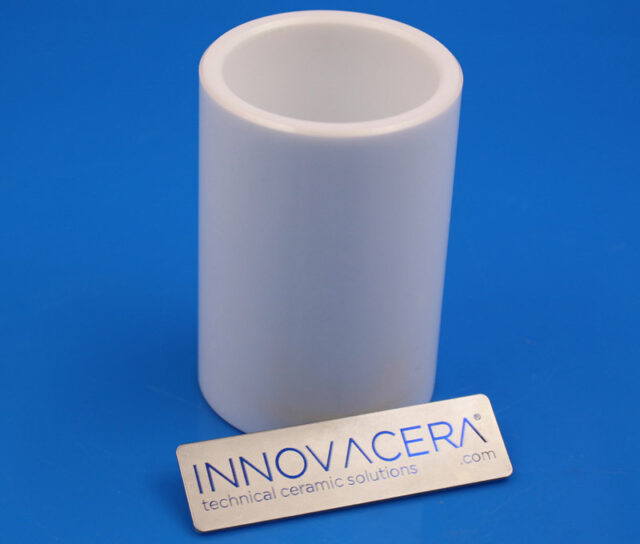
Alumina ceramic composition(Al2O3 purity 95% to 99.99%):
Ordinary alumina ceramics 95% Alumina ceramic, 96% Alumina ceramic, 99%Alumina ceramic, 99.7% Alumina ceramic High purity alumina ceramics 99.9% Alumina ceramic, 99.7% Alumina ceramic.
Different alumina ceramic components have different performance and service life.
The ceramic material has established itself as extremely versatile in numerous application areas,
such as extruder screws, nozzles, and slide rings in mechanical and plant engineering, but also
in high-temperature technology.
Use of Alumina
1. Electrical Insulation
Alumina is an insulating material, making it ideal for use in high-temperature and high-voltage applications. Alumina ceramics are used in the production of heating elements, electrical insulators, and other electrical components.
2. Refractory Material
One of the most significant applications of alumina in the ceramics industry is as a refractory material. Due to its high melting point, alumina is used as a lining material in high temperature furnaces and kilns. Alumina also provides excellent thermal shock resistance, making it an ideal material for use in refractory applications.
3. Grinding Media
Alumina is also used as a grinding media in the ceramics industry. The hardness and wear resistance of alumina make it an ideal material for use in grinding applications. Alumina grinding media are used in ball mills, vibratory mills, and other types of grinding equipment.
4. Ceramic Substrates
Alumina is widely used as a substrate material in the production of electronic components, such as microchips and circuit boards. Alumina substrates are highly resistant to thermal and mechanical stresses, making them ideal for use in harsh environments. Additionally, alumina substrates provide excellent electrical insulation and high thermal conductivity.
5. Biomedical Applications
Alumina ceramics are widely used in the biomedical industry due to their excellent biocompatibility and resistance to wear and corrosion. Alumina ceramics are used to manufacture dental implants, joint replacements, and other medical devices.
Conclusion
Alumina Ceramics are the most highly regarded and widely used of the ceramic products. It can be processed as tubing, sheets, bars, rods, discs, and many other forms depending on the requirements of the project, which is widely used in automotive, petro-chemical, fluid control, material transfer, industry, electrical and electronic, semiconductor.

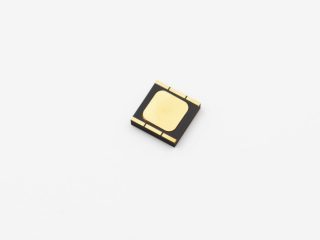
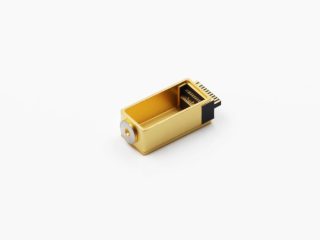

 Enquiry
Enquiry